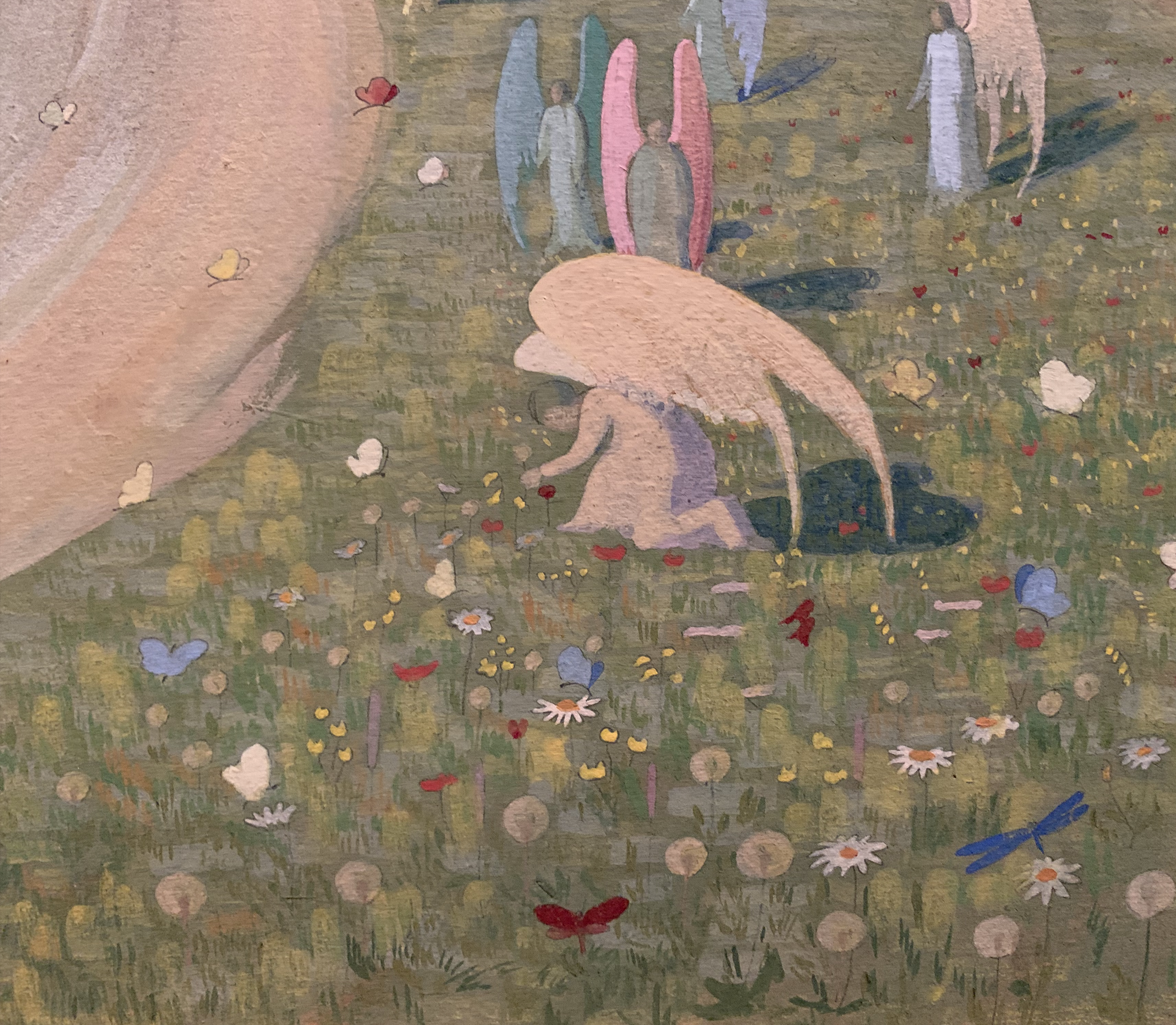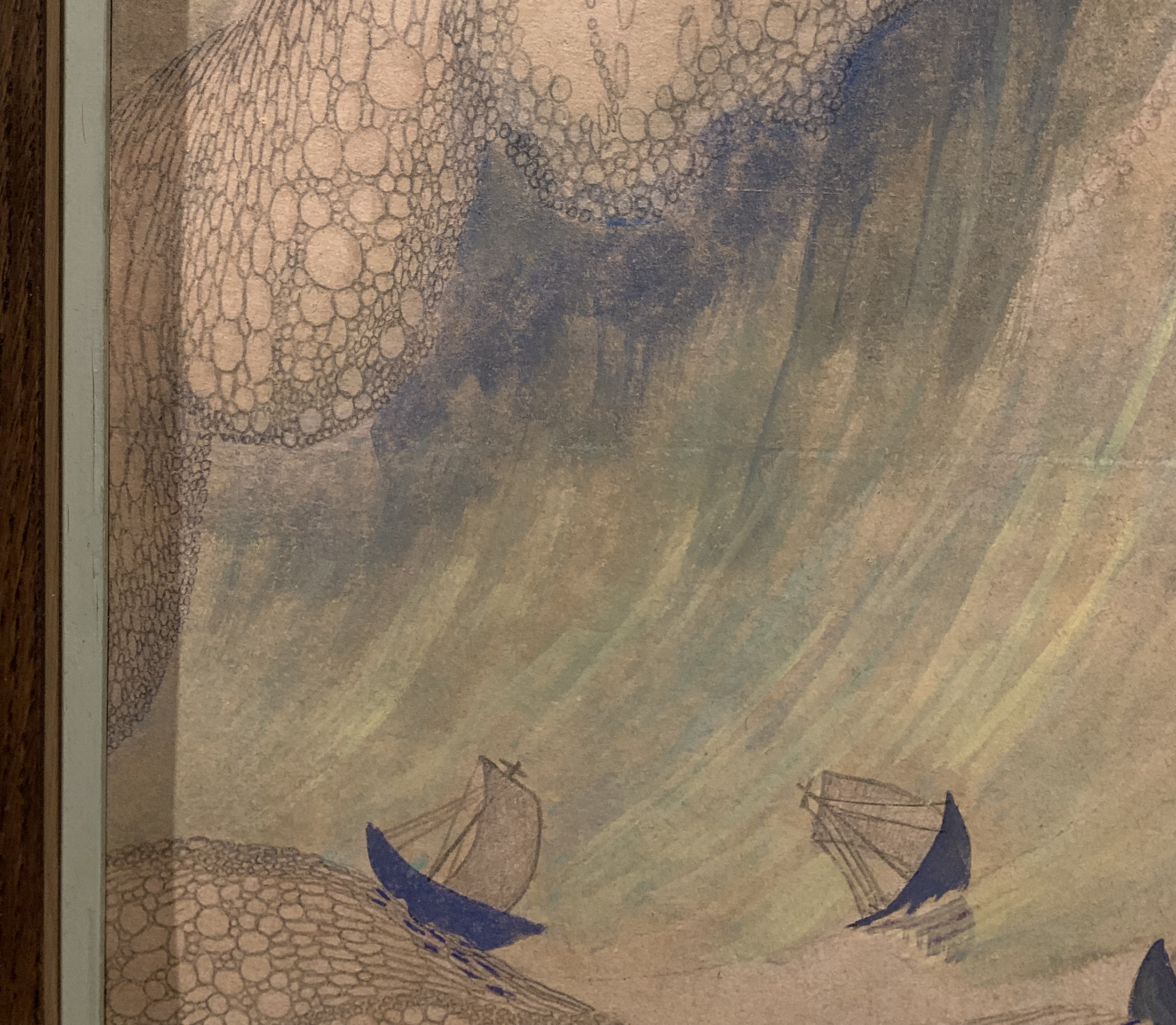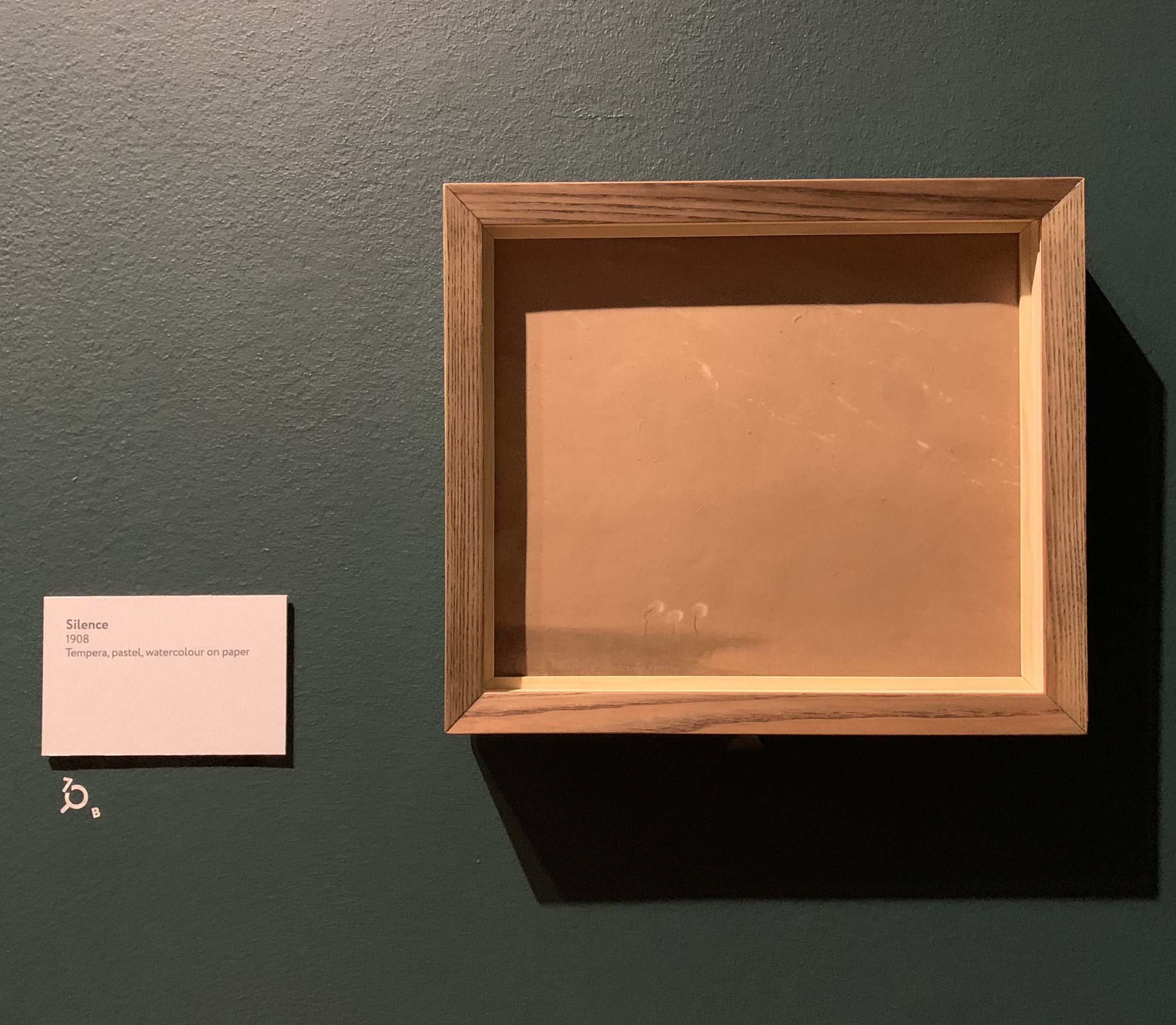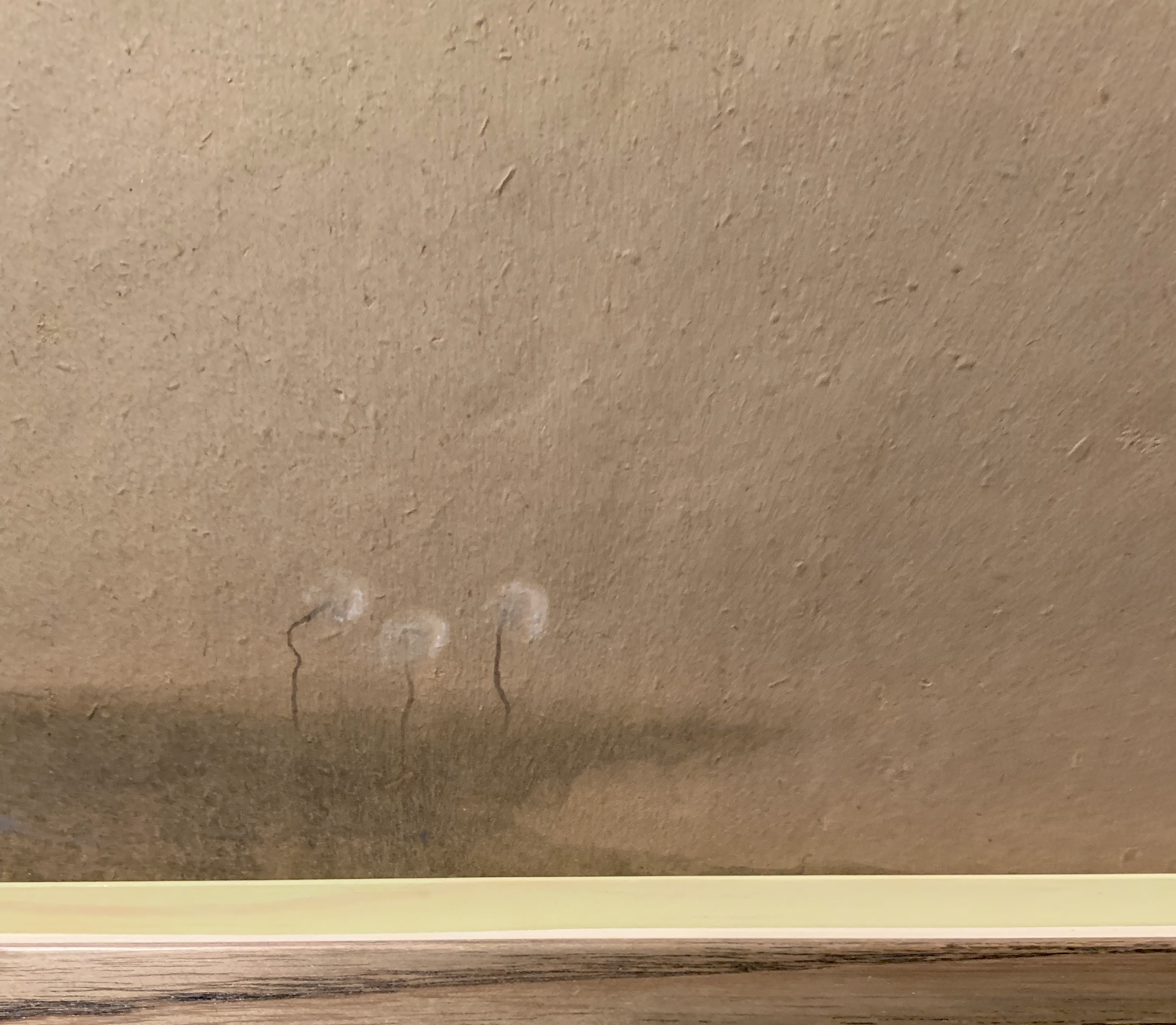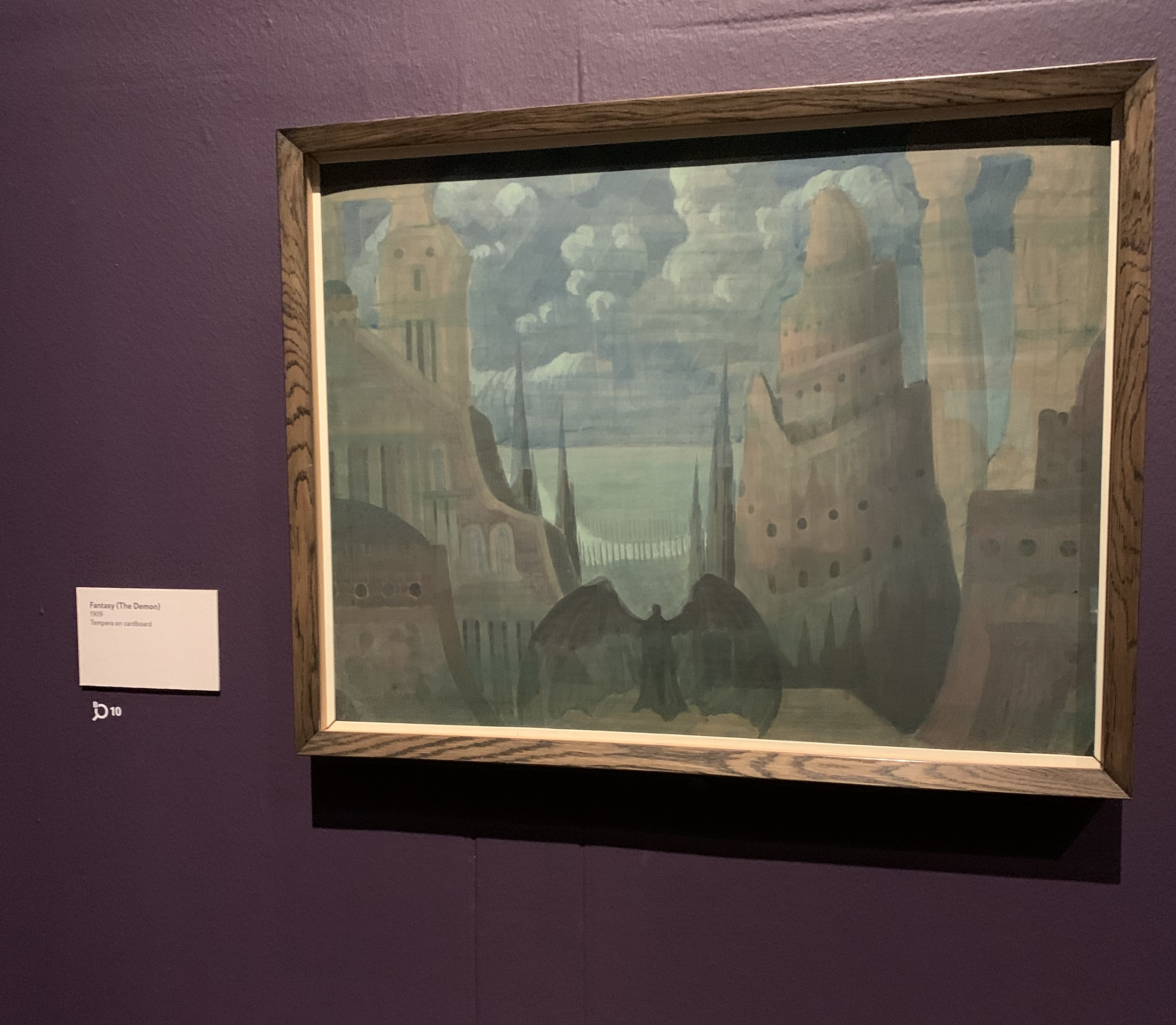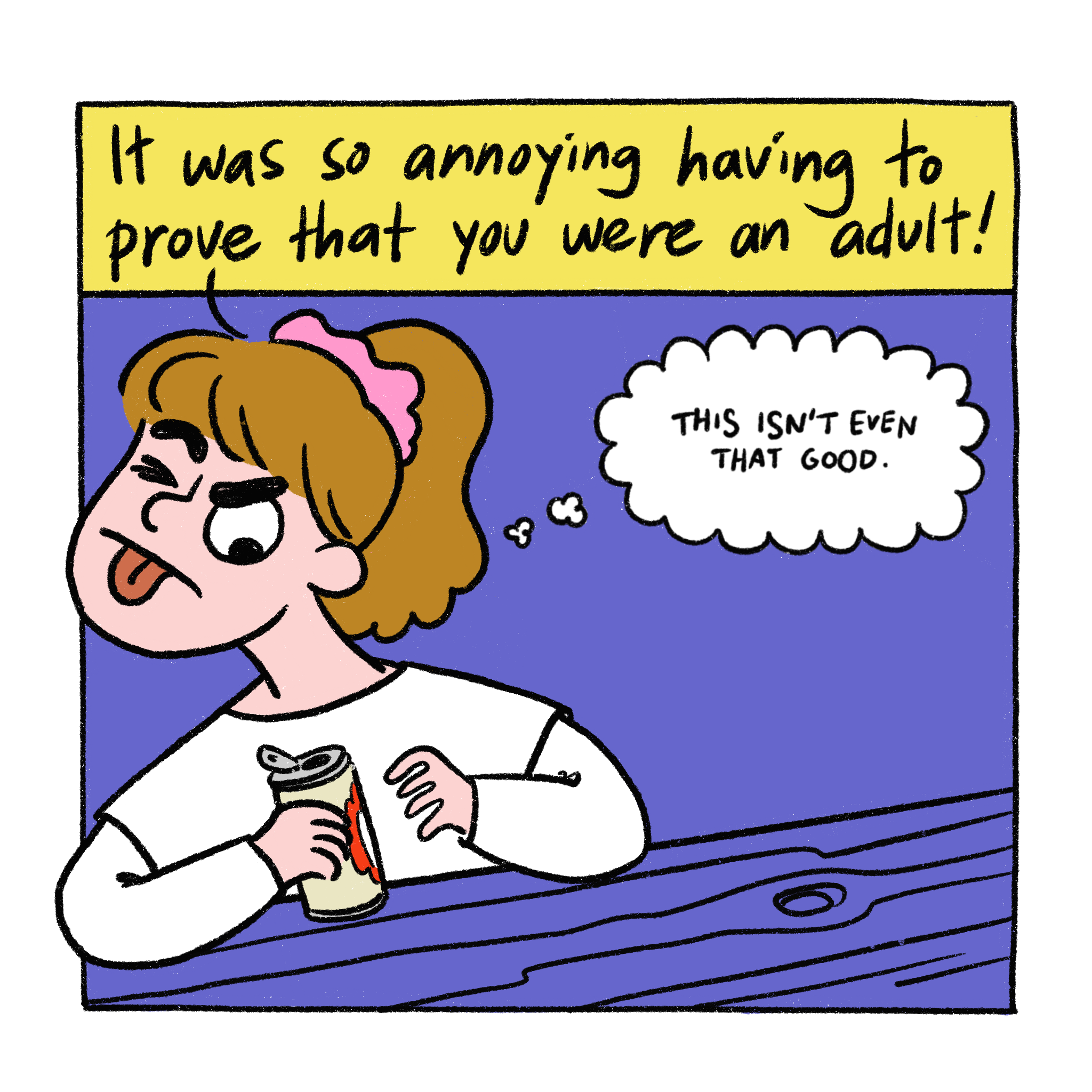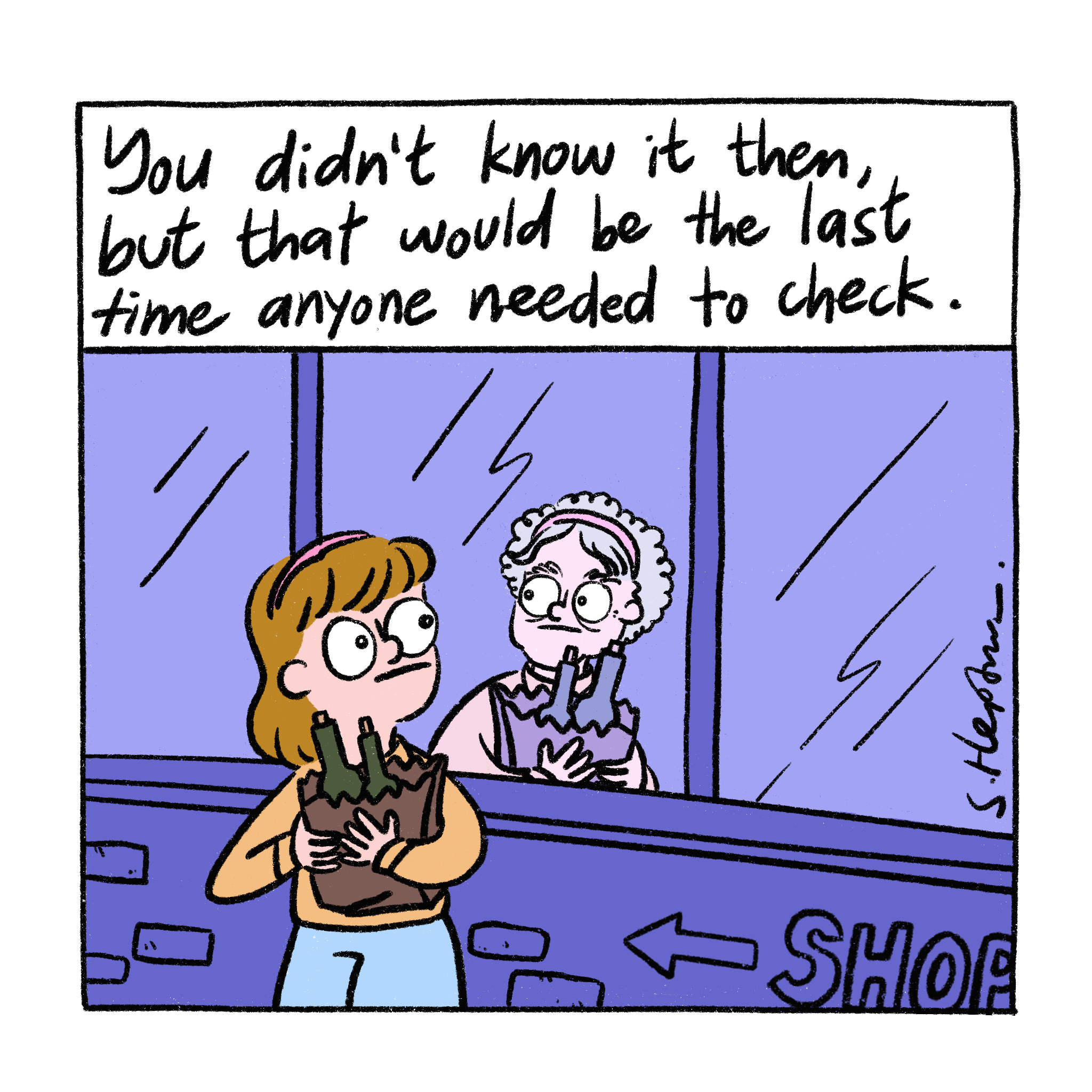A dream of M.K. Ciurlionis at the Dulwich Picture Gallery
I’ve always enjoyed taking inspiration from unexpected places. When I was a creative copywriter (feels like a lifetime ago now!) I didn’t like sifting through old advertising annuals as much as I loved poring over architecture books and reading blogs about pop culture. I think more than being deliberately lateral, I was trying to break away from the pressure of making something that “looked like” a good ad — in the same way that I want to make art that is true to me, rather than being objectively “good”.
Last month I saw the M.K. Ciurlionis exhibition, “Beyond Worlds” at the Dulwich Picture Gallery in London. I’d visited once before, back in 2017, for the first UK retrospective of Tove Jansson’s work — and been blown away by how well it was curated. It was the first time I’d seen her editorial and advertising illustrations, as well as book covers and early Moominvalley concepts. Her range was amazing, and definitely something I aspire to in my own work.
What drew me to Ciurlionis’ art was his dreamy and ethereal colours and themes. Everything in soft tones and pastels, lots of billowing clouds and obscured subjects. It reminded me of Marie Laurencin’s beautiful cubist/non-cubist paintings, just in the gentleness of his approach. I loved the details. When I make comics, the last thing on my mind is a gentle approach — the first thing is drama, drama, drama! So I definitely appreciate the way some artists can create a huge impact in such a subtle way. My favourite piece was a simple painting of three fluffy white dandelions in the wind, scaled absolutely tiny in the vastness of the page. So beautiful and so introspective.
Now that I’m working on a graphic novel, because it’s a long form piece, there are nuances of emotion and storytelling that I’m keen to explore, whether through pacing, panelling, colour, or something else. While Ciurlionis’ art feels totally opposite to mine, I think he can show me a thing or two about creating space for those quieter, deeper emotions that I want to bring out in my book. More pictures from the exhibition at Dulwich Picture Gallery below.
The human hand behind machine creativity
“…perhaps that is the emerging horror of AI – that it will forever be in its infancy, as it will always have further to go, and the direction is always forward, always faster. It can never be rolled back, or slowed down, as it moves us toward a utopian future, maybe, or our total destruction. Who can possibly say which?” — Nick Cave
It might be the most contentious debate I’ll see play out in my lifetime (and I witnessed all that mask/no mask, vaccine/no vaccine business). Intelligent machines that are also “creative”. And which seem to be threatening human creativity, especially for those of us who make a living from our art. In a few words, someone can conjure up an amazingly detailed digital photograph or painting using AI models by Midjourney, DALL•E, and others. They can use OpenAI’s ChatGPT to write a story in any style. A lot of users are also experimenting with AI’s ability to mimic human artists, photographers, designers, authors, you name it. We’re not exactly thrilled about this. (Nick Cave is fuming.)
At first glance, this is a terrifying time for artists. Who knew we would be the first to be replaced by robots? I honestly thought AI was coming for the janitors and factory workers first — and anyone who enjoys driving.
But it makes sense, I guess. What better way to ignite public interest and enthusiasm in complex technology than to give it shape and colour and texture?
Creative AI has literally captured our imagination. (Sorry, had to.)
Like with all new technology — especially things that make creation easier and faster — opportunists have swooped in to make a quick buck. That side of things is always pretty disheartening.
But again, like with all innovation, standout talent is taking its rightful place.
Some AI artists worth a curious follow: The Latchkey Kidds, Loop, Swoop and Boop, and Waxy Fruits. These are real human minds using AI as a tool to bring their own ideas into being. Human eyes discerning artistic value. Human hands excitedly revising, adding detail, and making changes in Photoshop. Latchkey Kidds’ creator is a traditional photographer who is now exploring a totally new side to her work. Waxy Fruits used to be a traditional toy designer and is now creating ‘memories’ of retro toys that never existed. I’ve only been following Loop, Swoop and Boop for a little while so I’m not sure of their story, but I suspect they have some kind of background in interior design. Ethical issues aside (we’ll get to them shortly), I think these guys are making an exciting case for AI as a creative tool, just like Photoshop and Procreate.
They say you can’t fight progress, and yet part of me really, really wants to. It’s the same way I felt when Procreate changed how we make art. I wanted to stay in my dark little corner with my worn down pencils, ink and nibs, forever roleplaying as a medieval scribe. But I can’t imagine not having Procreate now. Even when I’m not using it to draw, there are a hundred ways that it helps me to create. From being my infinitely modular idea scratchpad, to giving me a safe space to explore new ways of making art.
This would be my hope for machine creativity, if we really must have it.
But as it stands, there are some real problems with the way AI is trained. One is the fact that it uses without permission art created by real human artists to spit out its ‘original’ AI content (Molly Crabapple wrote a damning article about that). Another is that human content moderators are needed to filter out the nasty words and imagery before the end product, and the way these people are treated is alarming to say the least. Outsourced workers screen hours of disturbing and violent content every day, for just under $2/hour. (The revelations will have you shook.) Meanwhile, OpenAI was just valued at $29 billion. The trope of “evil AI” makes a great smokescreen for companies that can’t even hide how little they value human work.
That’s right, the AI content we’re so feverishly consuming right now… is unethically sourced.
(Meta is just the same, by the way, making me wonder if there’s some kind of ‘vegan social media’ I could migrate to.)
Call me old fashioned, but I want to see more humanity in my artificial intelligence. I want to see human imagination respected and human work valued. That means companies taking more responsibility for this creature they’ve unleashed into a clearly unready world. Giving proper credit and dignity (and maybe even compensation, see here) to the people on whose backs they are building the future of AI. And being accountable to the present, even as they push forward doggedly into the future.
Some people find Nick Cave a bit melodramatic, but he laid out the current scenario very clearly: “ChatGPT’s melancholy role is that it is destined to imitate and can never have an authentic human experience, no matter how devalued and inconsequential the human experience may in time become.”
The key is in that last part — the devaluing of human experience. And we’re doing it to ourselves. Marketing has turned us into demographics. Social media has turned us into content consumers. AI has turned us into data points. No amount of model training is going to turn us back into human beings. Only we can do that.
And then one day, no more jobs forever
I don’t know when I first started leaning towards dark humour. Maybe it’s something that happens as you get older and more cynical — or maybe it’s something that happens to cynical people as we get older.
The headline for this blog comes from a comedy routine by one of my favourite funny people, James Acaster. He talks about “jobs” — the life admin we do every day on a permanent cycle — as a way to know you’re alive. You wake up — jobs — go to bed — no jobs — and then finally, no more jobs ever again. Because you’re dead.
I don’t know when I first started leaning towards dark humour. Maybe it’s something that happens as you get older and more cynical — or maybe it’s something that happens to cynical people as we get older.
The headline for this blog comes from a comedy routine by one of my favourite funny people, James Acaster. He talks about “jobs” — the life admin we do every day on a permanent cycle — as a way to know you’re alive. You wake up — jobs — go to bed — no jobs — and then finally, no more jobs ever again. Because you’re dead. It’s a very, very dark thought! And somehow that makes it even more hilarious. Right? I’m not just losing my mind..?
James Acaster performing his “Repertoire” Netflix Special.
I’m lucky to not be alone in my darkness — I have a partner who leans just as hard, and we have a lot of deep, interesting conversations. They’d probably be quite sobering, if we had the ability to properly dwell on a depressing thought. As it stands, they just keep turning into jokes.
Like the one about oak trees. Out on a nature reserve with the dog, we noticed some oak saplings had been planted next to a group of much taller oaks. JR mentioned that nobody who plants a young tree ever lives to see it that tall. (A typical English oak tree starts producing acorns at around 40 years old, peaking in productivity around 80-120 years.)
That’s how, “Do you ever think about oak trees?” became our quirky little short form for death.
And that’s how this comic strip came about:
Another one of our impromptu collaborations below — sparked by a conversation about getting older and starting to look it.
Dark, or “gallows” humour makes light of things that are often too serious or painful to talk about. Like death. The relentless passage of time. The unknowingness of existence. Etc., etc. I think that’s what makes it an amazing tool, not just in satire and social commentary, but somehow in learning to understand ourselves as well. This absurd, paradoxical existence. Did you know that it takes more information processing power from the brain to even comprehend dark humour? Here’s something super nerdy that I read on that. I personally wouldn’t go so far as to say that it makes us more intelligent than people who like a good banana peel gag. Still, it’s a nice little ego boost for the intellectual snob in me.
(I like the banana peel stuff too, but don’t tell anyone.)

